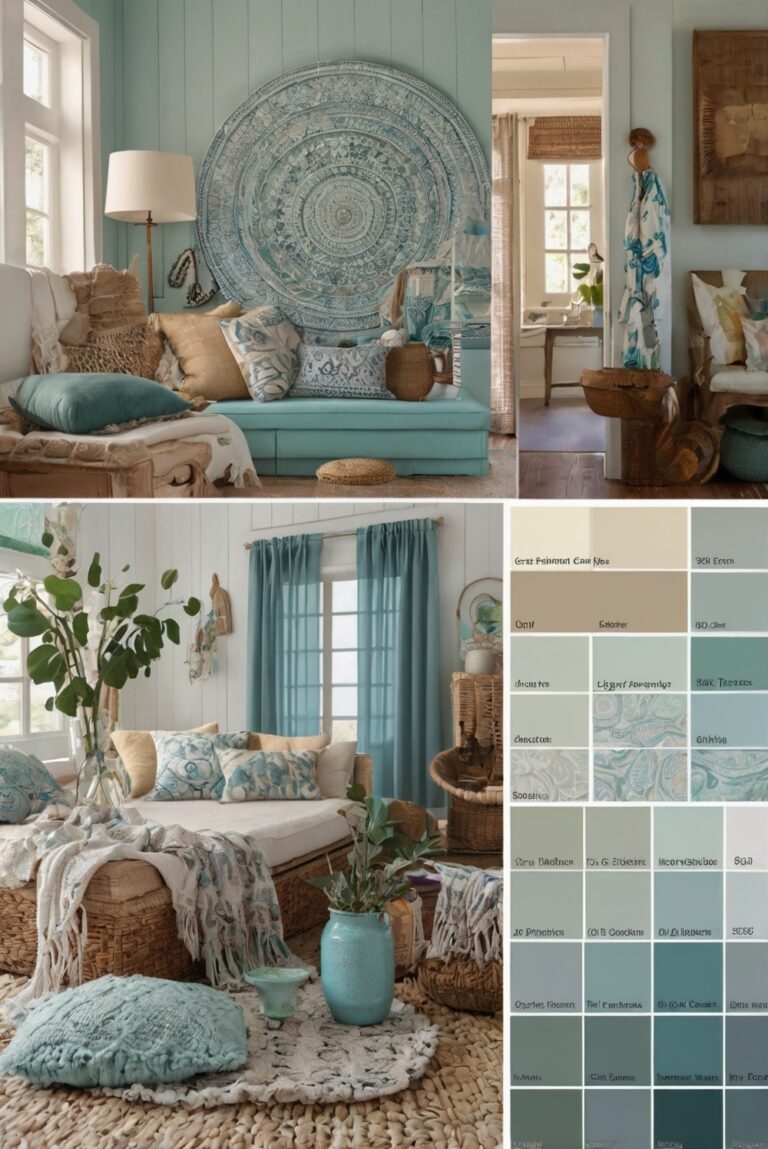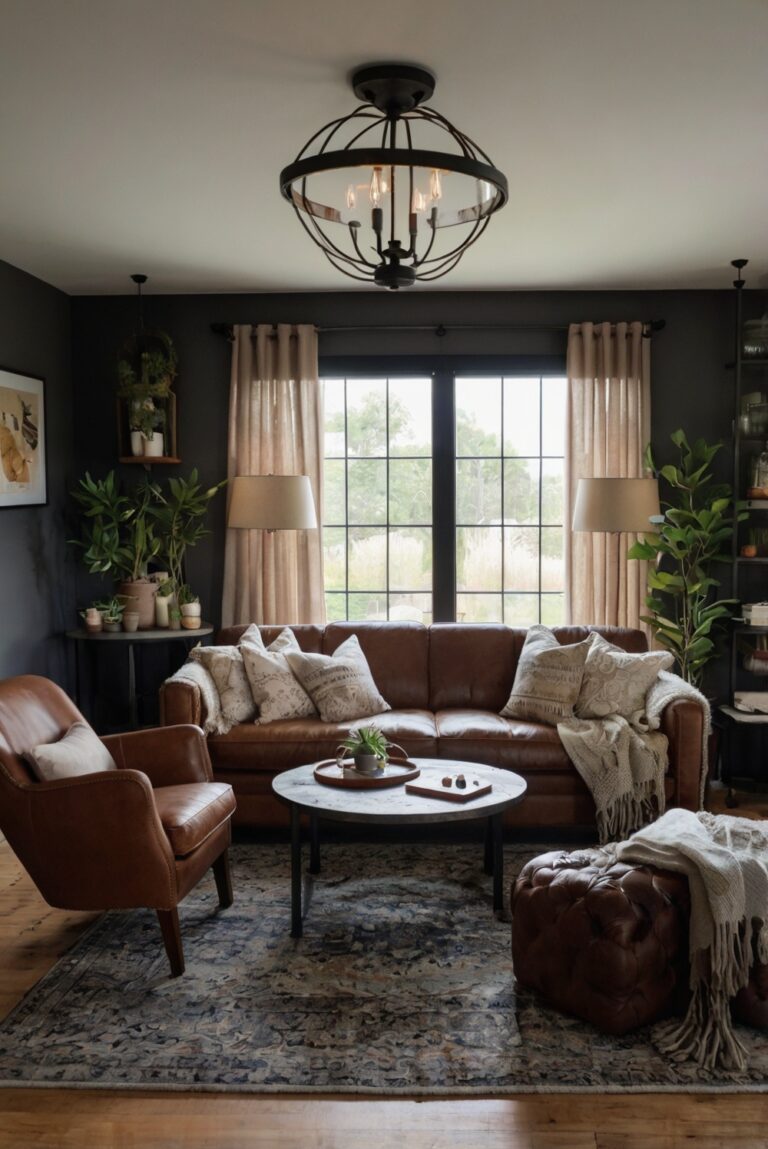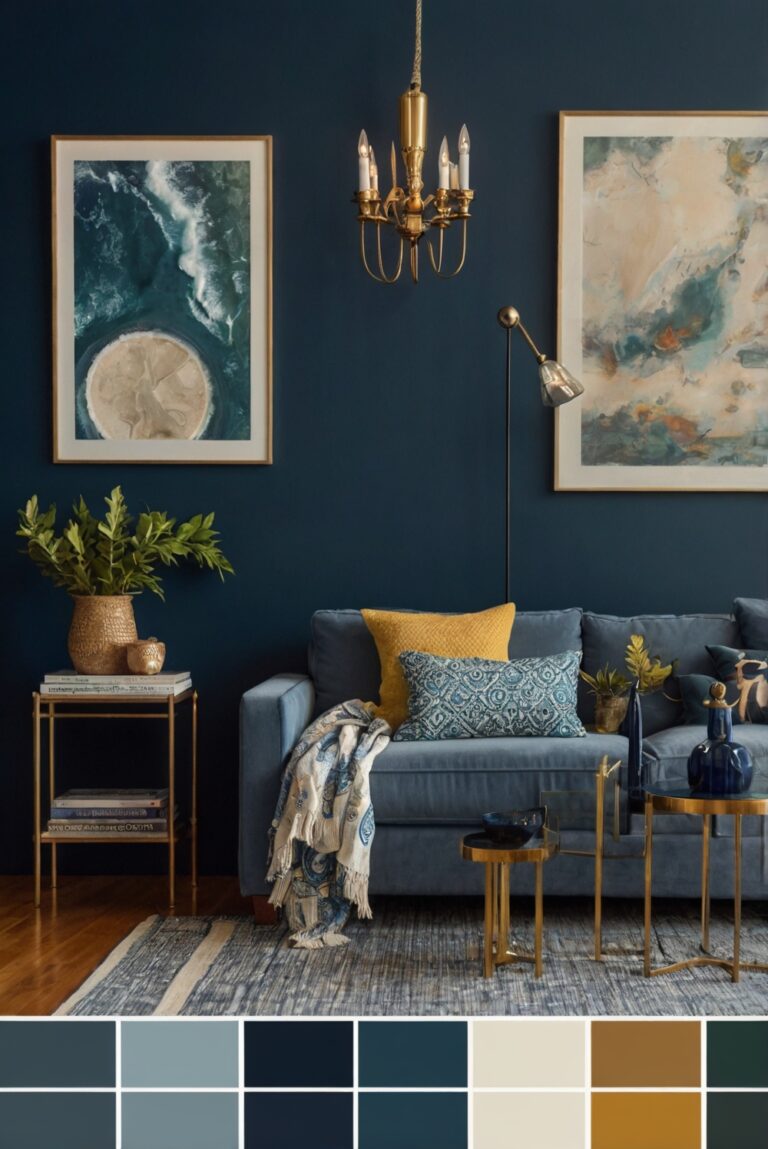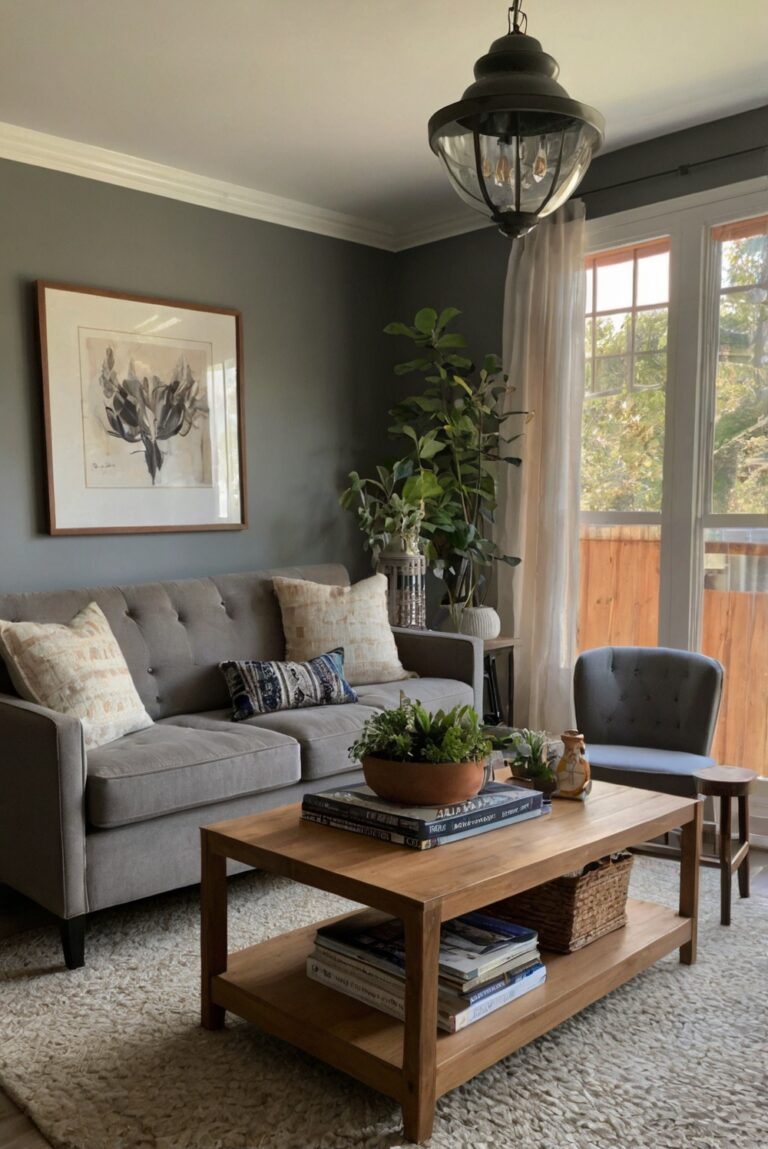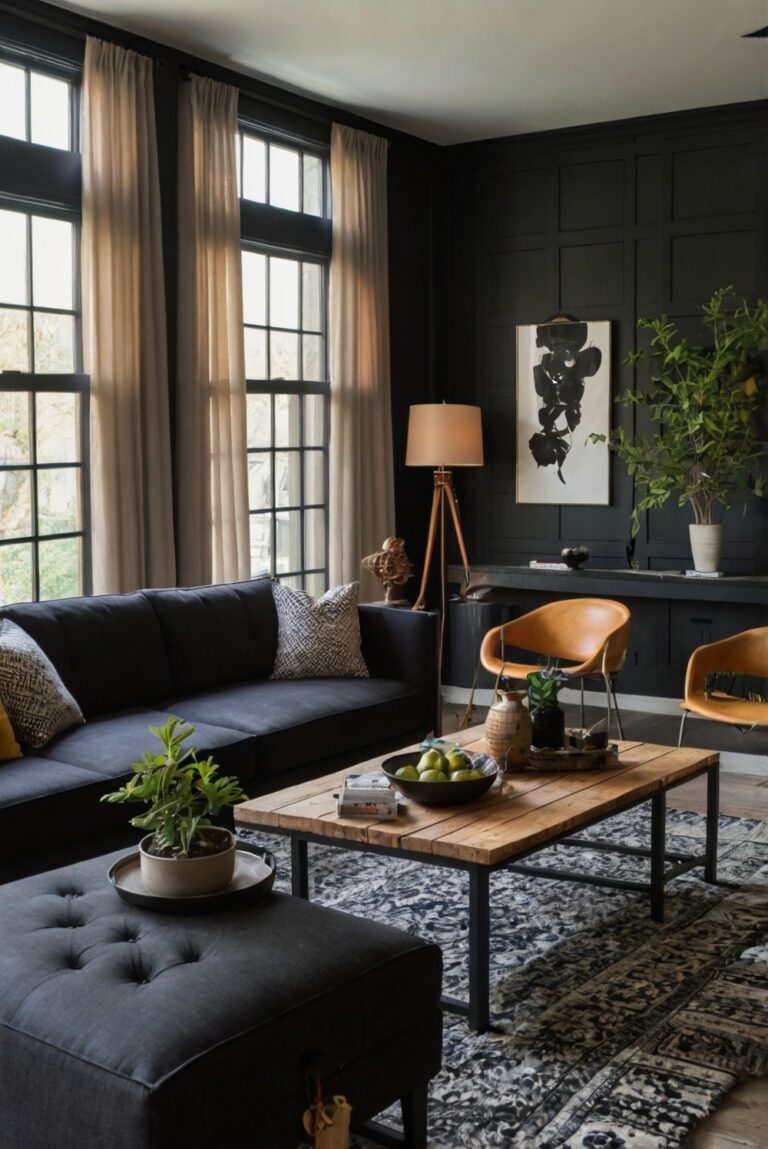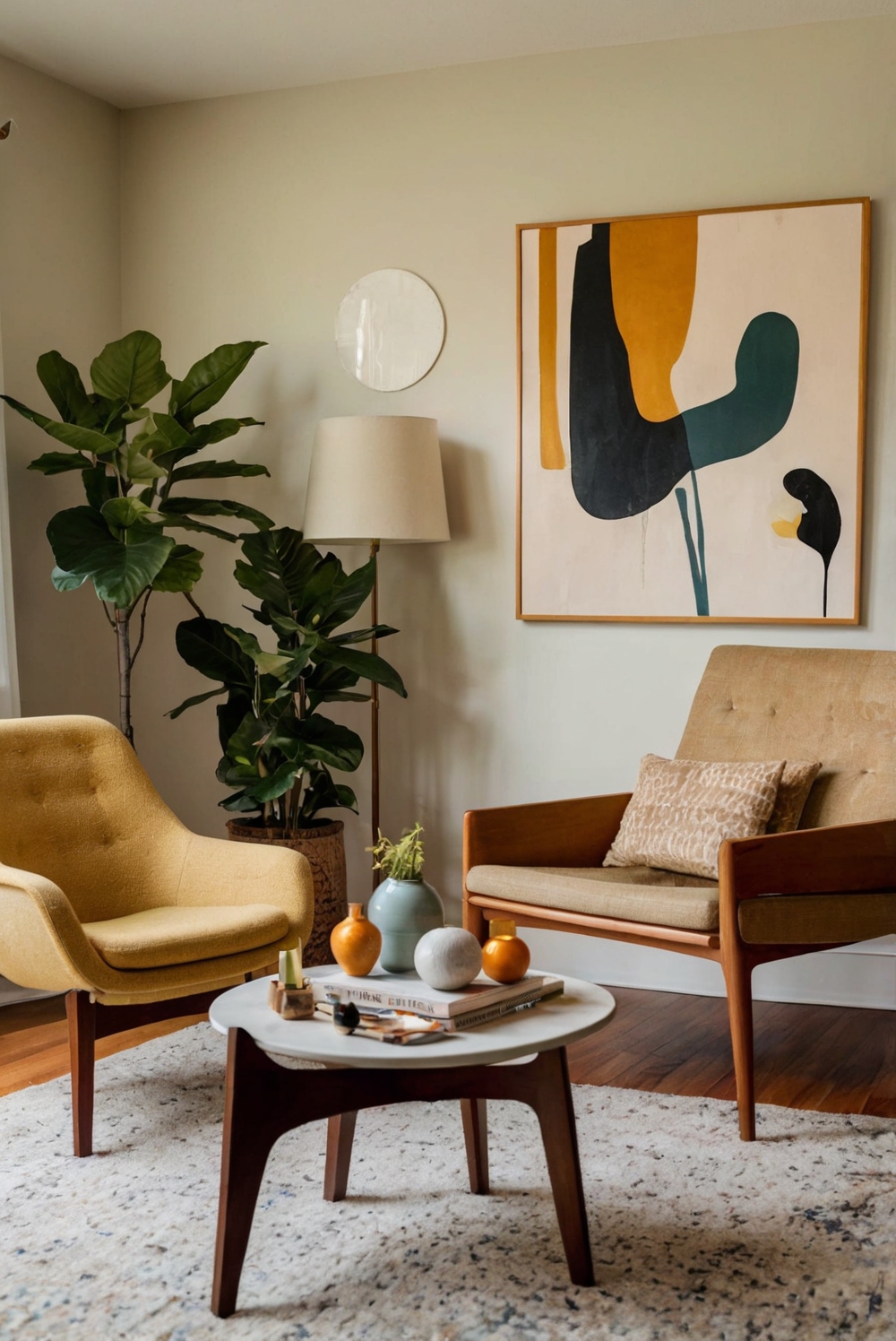
Explore the art of blending different furniture styles effortlessly in your living room. Enhance your interior designer routine with creative decor solutions.
To mix and match different furniture styles in your living room, start by selecting a cohesive color scheme or theme for the room. Consider the styles of your existing furniture pieces and choose new pieces that complement them. Incorporate a mix of textures and materials to add visual interest. Experiment with layering rugs, throw pillows, and curtains to tie everything together. Don’t be afraid to play with contrasting elements to create a unique look. Consider the scale and proportion of each furniture piece to ensure they fit well in the space. Lastly, add personal touches with art, accessories, and plants to make the room feel inviting and personalized.
Key Points:
– Coordinate colors and themes
– Mix textures and materials
– Layer rugs, pillows, and curtains
– Experiment with contrasting elements
– Consider scale and proportion
– Personalize with art and accessories
How to mix and match different furniture styles in your living room?
Mixing and matching different furniture styles in your living room can create a unique and eclectic look that reflects your personal style. Here are some tips to help you achieve a harmonious blend of furniture pieces:
1. Determine Your Style: Before you start mixing and matching furniture styles, it’s important to determine your overall design style. Whether you prefer modern, traditional, eclectic, or farmhouse styles, understanding your preferences will help you create a cohesive look.
2. Choose a Unifying Element: To tie together different furniture styles, choose a unifying element such as color, texture, or shape. This can help create a sense of cohesion in your living room.
3. Balance the Pieces: When mixing different furniture styles, aim for balance in the room. Avoid overcrowding the space with too many contrasting pieces and ensure there is visual harmony throughout.
4. Play with Scale and Proportion: When mixing furniture styles, consider the scale and proportion of each piece. Mixing larger statement pieces with smaller accent pieces can create visual interest and balance in the room.
5. Experiment with Layering: Don’t be afraid to experiment with layering different furniture styles in your living room. Mixing textures, patterns, and materials can add depth and personality to the space.
By following these tips and experimenting with different furniture styles, you can create a unique and personalized living room that reflects your individual taste and creativity.
1. How can I mix and match different furniture styles in my living room?
To mix and match different furniture styles in your living room, start by selecting a dominant style as your base. Then, incorporate pieces from other styles that complement the dominant one. Consider mixing modern furniture with traditional accents or adding a touch of vintage charm to a contemporary space. Experiment with different textures, colors, and patterns to create visual interest. Don’t be afraid to layer rugs, mix metals, or combine different wood finishes for a curated look. Finally, balance the overall design by keeping the scale and proportion of the furniture pieces in mind.
2. What are some tips for successfully mixing furniture styles in a living room?
When mixing furniture styles in a living room, it’s important to maintain a cohesive color palette to tie everything together. Start by choosing a neutral base color and then add pops of color with accent pieces. Mixing different furniture styles works best when you incorporate pieces with similar shapes or silhouettes. For example, if you have a modern sofa, pair it with a classic coffee table to create a harmonious contrast. Additionally, consider incorporating a unifying element such as matching throw pillows or coordinating accessories to bring the room together.
3. How do I avoid making my living room look cluttered when mixing furniture styles?
To avoid making your living room look cluttered when mixing furniture styles, focus on creating a sense of balance and harmony in the space. Choose a few key furniture pieces that represent each style you want to incorporate and then fill in with neutral pieces to prevent the room from feeling overwhelming. Keep the overall color scheme cohesive and avoid overcrowding the space with too many accessories. Consider using rugs to define different seating areas or using a statement piece of furniture to anchor the room and create a focal point.
4. Can I mix different furniture styles in a small living room?
Yes, you can mix different furniture styles in a small living room, but it’s important to be mindful of the scale and proportion of the pieces you choose. Opt for smaller-scale furniture that fits the space well and avoids overpowering the room. Consider using multifunctional furniture pieces such as storage ottomans or nesting tables to maximize space. Choose a cohesive color palette to create a sense of unity in the room and avoid overwhelming the space with too many contrasting styles. By carefully selecting and arranging furniture, you can successfully mix different styles in a small living room without sacrificing functionality or aesthetics.
5. What are some common mistakes to avoid when mixing furniture styles in a living room?
When mixing furniture styles in a living room, it’s important to avoid some common mistakes to achieve a cohesive and stylish look. One common mistake is mixing too many styles at once, which can make the room feel chaotic and disjointed. Instead, focus on incorporating a few key pieces from different styles that complement each other. Another mistake to avoid is neglecting the importance of scale and proportion. Be mindful of the size of the furniture pieces and how they fit in the room to create a harmonious balance. Lastly, don’t forget to consider the function of the space and ensure that the furniture you choose serves both practical and aesthetic purposes.

